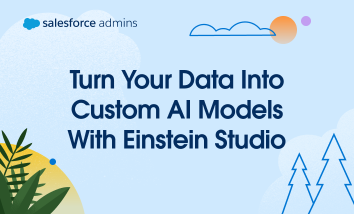Editor’s note: This post was updated on May 27, 2025 with the latest information and resources. Admins are being tasked at a growing rate to integrate with more sources of information to tie back to their Salesforce implementations. You might be hearing a lot of questions about Data Cloud, like how it can help with […]






